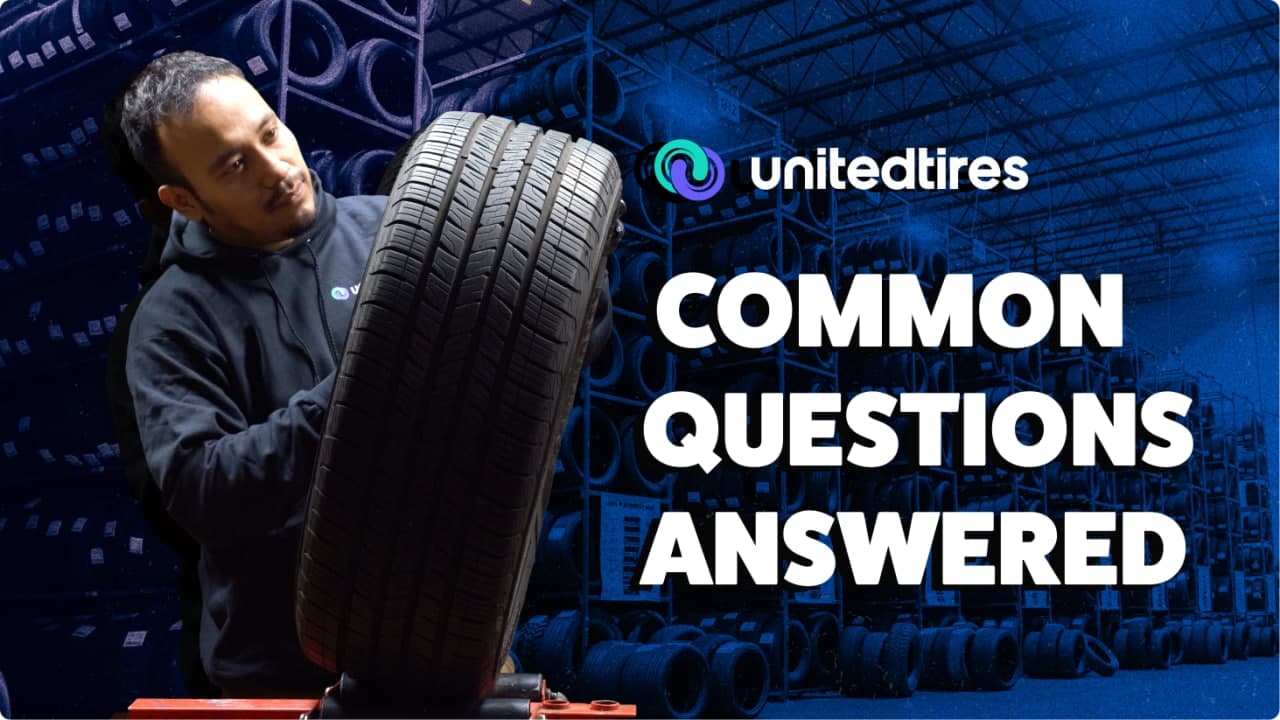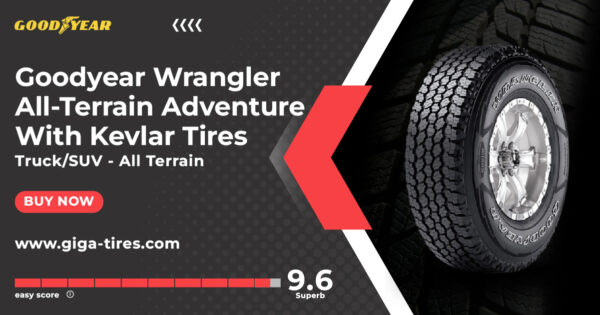All Categories
Featured
Table of Contents
The Michelin offered a comfortable driving experience, characterised by receptive steering and a modern understeer equilibrium. Regardless of the cooler testing conditions, Michelin's regular time and grasp over three laps suggests its viability for real-world applications. Alternatively, Yokohama's performance was unique. While its super-quick steering led to a quick front axle turn, the back showed a tendency to swing extra.
An additional notable facet was Yokohama's workout time. The tyre's initial lap was a 2nd slower than the second, indicating a temperature-related grasp increase. This suggests the Yokohama may beam in dry, race-like conditions. However, for day-to-day use, the Michelin may be a more secure bet. Next in line was the Hankook.
Honest Tyre Fitting – Marangaroo
It shared Michelin's safe understeer equilibrium however lacked the latter's desire to turn. Continental and Goodyear's efficiencies were remarkable, with Continental's new PremiumContact 7 showing a considerable enhancement in damp problems compared to its precursor, the PC6. This model was much less sensitive to load changes and acted much like the Michelin, albeit with slightly much less communication at the restriction.
It incorporated the safe understeer equilibrium of the Michelin and Continental with some flashy handling, proving both predictable and quick. As an all-rounder for this Golf GTI, Goodyear's Crooked array was the standout, showing remarkable efficiency in the damp. The Bridgestone Potenza Sporting activity took the crown as the fastest tire, albeit by a little margin.
This tire obtained grippier as it heated up, comparable to the Yokohama. Drivers seeking an interesting damp drive might find this tire worth considering. The standout entertainer in damp stopping was the latest tyre on test, the PremiumContact 7, though the results are nuanced. We carried out wet braking tests in three various methods, twice at the new state and as soon as at the used state.
Tyre Replacement – Wanneroo
Ideally, we wanted the chilly temperature test to be at around 5-7C, however logistical hold-ups suggested we checked with an ordinary air temperature of 8C and water at 12C. While this was cooler than common test problems, it was still warmer than real-world problems. The warm temperature level test was done at a standard of 18C air and 19C water.
The 3rd run involved wet stopping examinations on used tires, particularly those machined to 2mm with a little altercation. While we meant to do even more with these worn tires, weather condition constraints restricted our screening. Nevertheless, it's worth noting that wet braking is most important at the used state, as tyres typically improve in dry conditions as they put on.

Nonetheless, it shared the most considerable efficiency drop, together with the Yokohama, when worn. Bridgestone, Goodyear, and Michelin saw the least efficiency decrease when worn. Bridgestone and Goodyear's efficiency dipped in cooler problems. The Hankook tyre registered the tiniest efficiency decrease as temperature levels cooled, but it was amongst one of the most affected when used.
Reliable Tyre Safety – Marangaroo WA
The take-home message here is that no single tire mastered all aspects of damp stopping, indicating an intricate interplay of elements influencing tyre performance under different problems. There was a standout tyre in aquaplaning, the Continental ended up top in both straight and bent aquaplaning, with the Michelin and Goodyear likewise great in much deeper water.
Yokohama can take advantage of somewhat more grip, a problem potentially affected by the colder conditions. When it comes to managing, all tires performed within a 2% range on the lap, demonstrating their high-quality efficiency (Wheel balancing). Thinking about these tyres essentially target the very same consumer, it's fascinating to observe the considerable distinctions in feel.
The shock is due to the fact that the PremiumContact 6 was one of my favourites for sporty completely dry drives, but its successor, the PremiumContact 7, appears much more mature and looks like Michelin's performance. Amongst these, Hankook was the least accurate in steering and communication at the restriction. Tyre upgrades. Both Michelin and Continental used beautiful preliminary steering, albeit not the fastest
If I were to recommend a tire for a fast lap to a novice, say my daddy, it would certainly be just one of these. We have the 'enjoyable' tyres, particularly Yokohama and Bridgestone. Both were quick to guide and really felt sportier than the others, however the trade-off is a much more lively back side, making them extra tough to deal with.
Tyre Rotation
It provided comparable steering to Bridgestone but supplied better feedback at the restriction and better hold. The Bridgestone Potenza Sport, however, appeared to deteriorate rather quickly after just 3 laps on this demanding circuit. Finally, there's Goodyear, which positioned itself someplace between the fun tires and those tending towards understeer.
Altogether, these tyres are outstanding entertainers. For road usage, I 'd lean in the direction of either the Michelin or Goodyear, depending upon your particular preferences. In terms of tire wear, the approach made use of in this examination is what the sector refers to as the 'gold requirement' of wear. The wear professionals at Dekra conducted this test, which included a convoy of vehicles going across a very carefully intended route for 12,000 kilometres.
Both the Bridgestone and Yokohama tyres dramatically underperformed in comparison to the other four tyres in terms of rolling resistance, with Continental slightly outperforming the remainder. Pertaining to the comfort degree of the tyres, as prepared for, most demonstrated an inverted correlation with handling. The Continental, Michelin, and Goodyear tires carried out ideal across various surface area types examined.

Bridgestone began to reveal signs of firmness, while Yokohama was specifically jarring over pockets. We did measure inner noise degrees; however, as is usually the instance, the results were closely matched, and due to weather restrictions, we were incapable to conduct a subjective assessment of the tyres sound. We looked at abrasion numbers, which determine the quantity of tyre walk shed per kilometre, normalised to a one-tonne vehicle.
Trusted Tyre Rotation Services (Marangaroo WA)
This number represents the quantity of rubber dirt your tyres produce while driving. Michelin led in this category, creating over 9% much less rubber particulate issue. On the various other hand, Hankook created 32% more. This is a facet I believe the sector needs to concentrate on more in the future, and it's something Michelin is promoting.
Latest Posts
Tyre Maintenance Near Me ( Bayswater)
Top Tyre Repair Services
Best Budget Tyres Near Me